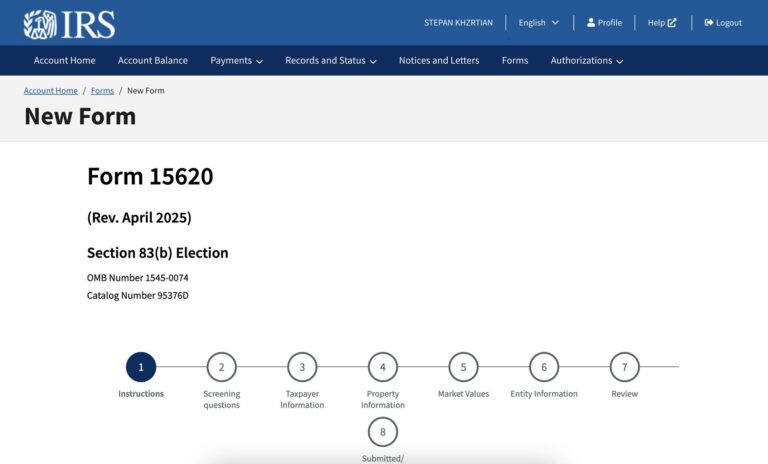This is the eleventh post of Mistakes Founders Make, a series of blog posts that shine light on legal mistakes that startups commonly make and attorneys have to fix. Keep in mind that the post sacrifices detail for simplicity and is for informational purposes only. It should not be taken as advice — whether legal, tax, or other — and does not create an attorney-client relationship.
Just the basics
What’s the problem?
You think you’ve properly given equity — such as restricted stock, options, warrants, or even SAFEs (which aren’t “equity,” but I’m keeping this simple) — to somebody, but your Board of Directors has not adopted a resolution approving the issuance.
How bad is it?
It depends on the type of equity in question. SAFEs and convertible notes (which are “securities” but not “equity”) are an easy fix; you can ratify the previous SAFEs and move on. Options that have been “granted” without a Board resolution have to be done all over again. It gets more complicated in the case of common stock (such as restricted stock), preferred stock, or warrants — you may have to file a Certificate of Validation in such cases.
How do I avoid this?
Issuing equity is a methodical process. Follow a set checklist and make sure each step is complete.
What’s an “equity issuance”?
In simple terms, this covers restricted stock, stock options, warrants, preferred stock, and even convertible notes and SAFEs (which aren’t technically “equity,” but instead instruments which may convert into equity). An “issuance” is the act of a company officially giving equity — or an ownership stake — to somebody.
I signed a restricted stock purchase agreement when I was setting up my startup. Isn’t that enough?
In fact, no. We delved into this here as well, where the question was whether signing an offer letter is enough to issue equity (the answer was again “no”).
Ok, so, what do I have to do to issue equity?
Issuing equity has several steps, all of which are important:
- Your Board should approve the issuance of the equity to the person receiving the equity (the “recipient”).
- The company and the recipient should enter into an agreement documenting the issuance — for example, this could be your restricted stock purchase agreement or stock option agreement.
- If there are any conditions under that agreement, those conditions should be satisfied. A common one is payment of the purchase price by the recipient.
- The company updates its capitalization table to reflect the issuance.
- If the company “certificates” its stock — or, in other words, gives a certificate to show proof of ownership — then it goes ahead and signs and sends the certificate to the recipient (in paper or electronic form).
If the recipient is getting equity in return for services — for example, an advisor getting options as compensation — then there’s one more step to this process that comes first: signing the services agreement with the recipient.
What does a Board approval look like in this case?
Each equity issuance approval has its special language which are beyond the scope of this post; some talk about the fair market value of the stock (such as in the case of restricted stock or stock options), others provide the details of the financing round (such as in the case of preferred stock, SAFEs, or convertible notes). This approval is documented in Board resolutions: normally, a Board Consent (which means the Board didn’t actually meet, in person or virtually, but instead made a decision asynchronously), or sometimes instead, a Board Meeting.
A Board approval is required for SAFEs as well?
That’s right, but many founders miss this. They just go ahead and sign SAFEs and start accepting funds, whereas the proper way to do it is to start off with a Board resolution approving the SAFE financing round, documenting the intended size of the round, and approving the form of SAFE and side letter to be used. If you surpass that round size, you can adopt a new Board resolution increasing the size. If you don’t meet that mark, that’s fine as well.
I didn’t know this! I’ve signed a few SAFEs without a Board resolution. Is that a problem?
Don’t sweat it. You should adopt a Board resolution ratifying the SAFEs you’ve issued to date and approve the ongoing SAFE financing round.
Ok, cool. So, can all equity issuances be fixed just as easily?
Nope. SAFEs and convertible notes are the easy ones.
If you’ve acted as though you’ve issued common stock, preferred stock, or warrants, but haven’t approved these issuances in advance, then you might have to file a Certificate of Validation with the Delaware Secretary of State, which is much scarier than it sounds (and often quite pricey).
If you’ve “granted” options to your employees but haven’t had the Board approve this, then those options don’t really exist; you would have to grant them again, and you absolutely cannot backdate the grants.








